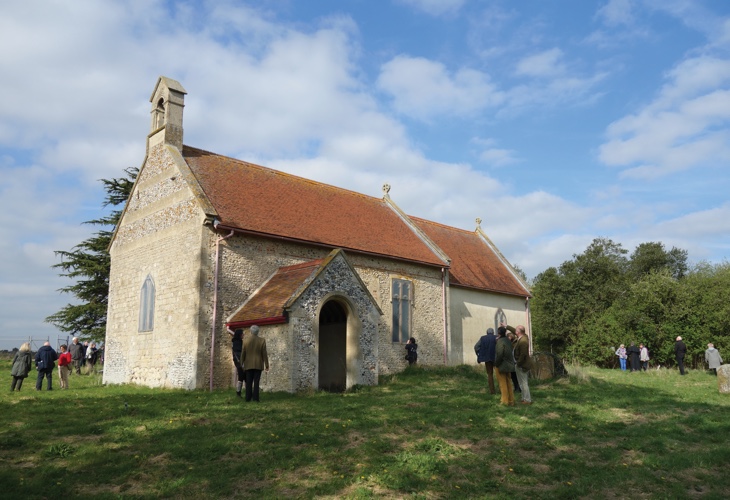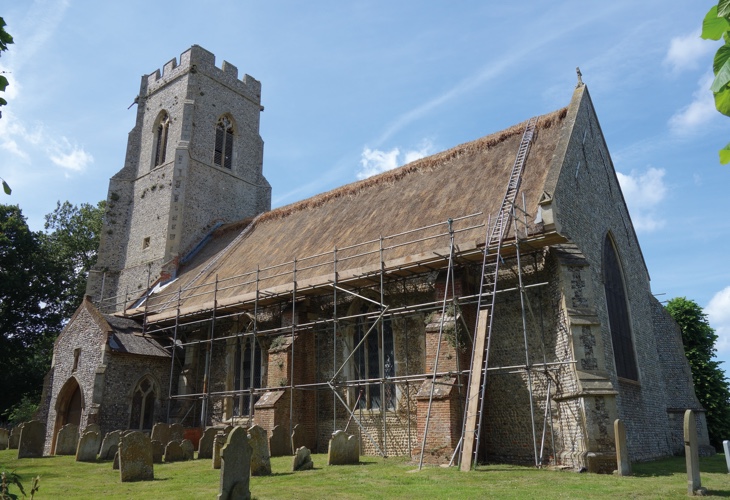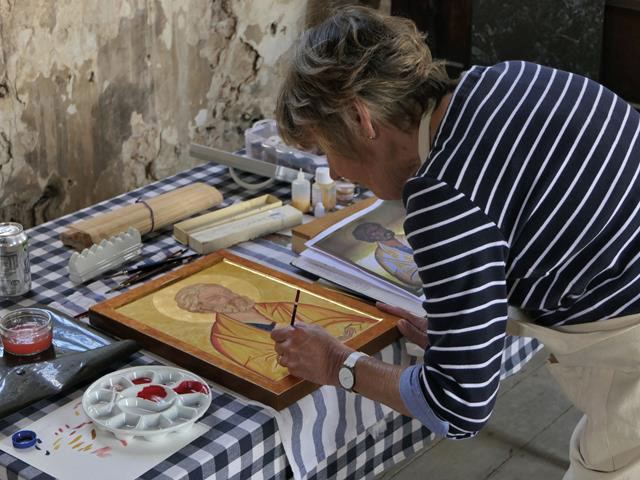A recent trip to Ghent highlighted the longstanding links between the Low Countries and East Anglia. The cloth industry and trade between the two regions generated the wealth that helped to pay not only for Norfolk’s many medieval churches but also one of the jewels of the Flemish Primitive school of painting.
The Ghent Altarpiece, also called the Adoration of the Mystic Lamb, is a large polyptych altarpiece in St Bavo’s Cathedral, Ghent, now in Belgium.
Begun around the mid 1420’s, it was completed in 1432, and is the work of two brothers, Hubert and Jan van Eyck. It is considered a masterpiece of European art and may well be the first major oil painting.
Amidst the colourful majesty of heaven, the Lamb (representing Christ), dominates the central panel, surrounded by angels and the faithful. Further worshippers are featured on the lower panels of the wings. The altarpiece is 3.3m high, 4.4m wide when fully opened, and consists of 20 panels.

It was commissioned by a merchant and mayor of Ghent, Jodocus Vijd and his wife Lysbette, and its installation was celebrated on 6th May 1432.
Since then, the altarpiece has had a eventful history. During the French Revolution, it was plundered and taken to Paris where it was exhibited at the Louvre, finally returning to Ghent after the Battle of Waterloo in 1815.
In World War II, it was sent to the Vatican for safekeeping but eventually ended up ‘stored’ in the Altaussee salt mines in Austria. This caused great damage to the paint and varnish.
A programme of major restoration began at the Museum of Fine Arts, Ghent in 2012, which has revealed the true and stunning colours of this amazing work, as well as details that had been overpainted during previous restorations.
One revelation was the uncovering of the face of the original Lamb of God which has an almost human-like face with eyes facing forward that appear to look directly at the viewer.
An intriguing link has been established with a rood screen at St Mary’s Church, North Elmham and the Ghent Altarpiece. Audrey Baker, in her comprehensive study of East Anglian rood screens, observed that the rich brocade fabrics adorned with animal motifs, as seen in the Ghent Altarpiece, are mirrored in the garlands worn by saints in Norfolk churches. For instance, the head dress of the Virgin Mary in the Ghent Altarpiece features upright white lilies and red roses, a design echoed in the garland worn by St Cecilia on the rood screen at North Elmham. This same image of St Cecilia was used on the Norfolk Churches Trust Christmas card in 2024.

In 2023, Norfolk Churches Trust also gave a grant of £5,000 to St Mary’s, North Elmham, to fund the repair of surface water drainage to the north side of the church to help preserve the fabric of this church for future generations.







